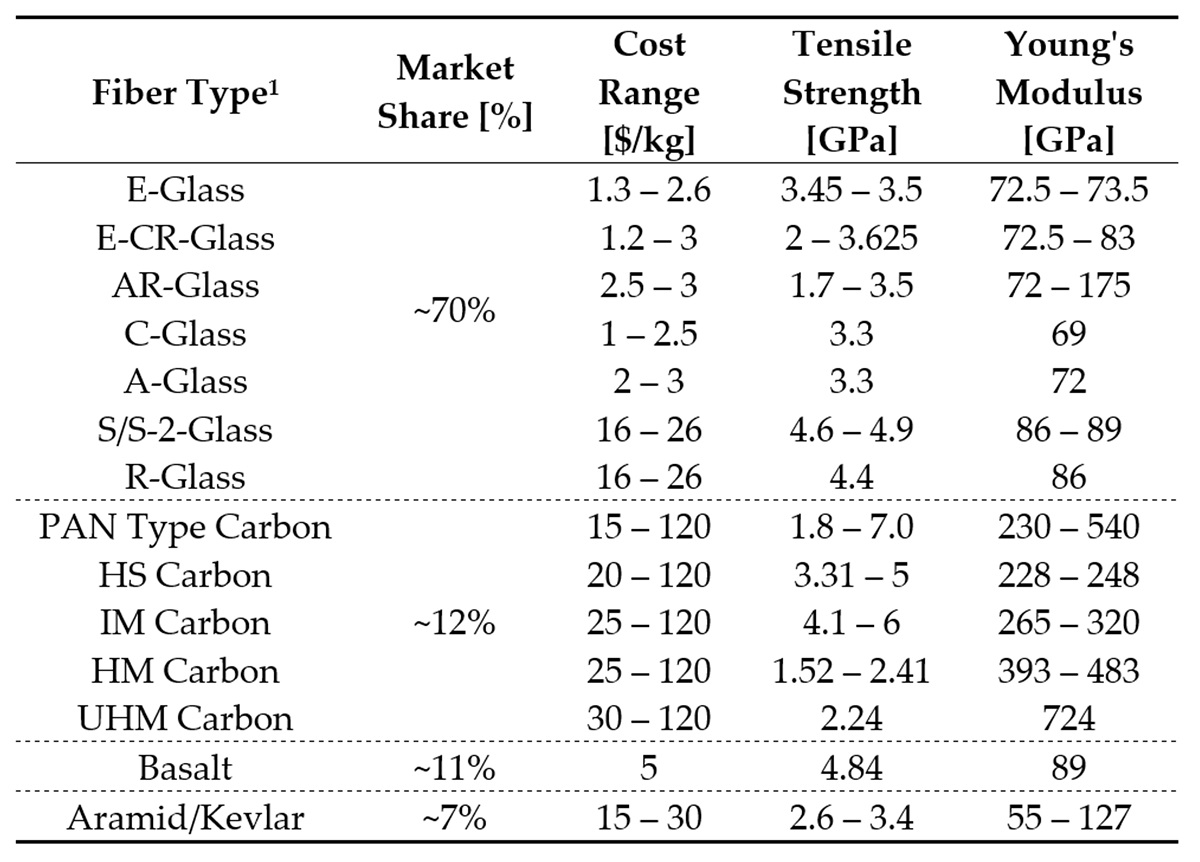Recently, significant events took place that added immensely to the sociotechnical pressure for developing sustainable composite recycling solutions, namely (1) a ban on composite landfilling in Germany in 2009, (2) the first major wave of composite wind turbines reaching their End-of-Life (EoL) and being decommissioned in 2019-2020, (3) the acceleration of aircraft decommissioning due to the COVID-19 pandemic, and (4) the increase of composites in mass production cars, thanks to the development of high volume technologies based on thermoplastic composites. Such sociotechnical pressure will only grow in the upcoming decade of 2020s as other countries are to follow Germany by limiting and banning landfill options, and by the ever-growing number of expired composites EoL waste. The recycling of composite materials will therefore play an important role in the future, in particular for the wind energy, but also for aerospace, automotive, construction and marine sectors to reduce environmental impacts and to meet the demand. The scope of this manuscript is a clear and condensed yet full state-of-the-art overview of the available composite recycling technologies of both low and high Technology Readiness Levels (TRL). TRL is a framework that has been used in many variations across industries to provide a measurement of technology maturity from idea generation (basic principles) to commercialization. In other words, this work should be treated as a technology review providing guidelines for the sustainable development of the industry that will benefit the society. The authors propose that one of the key aspects for the development of sustainable recycling technology is to identify the optimal recycling methods for different types of composites. Why is that the case can be answered with a simple price comparison of E-glass fibers (~2 $/kg) versus a typical carbon fiber on the market (~20 $/kg) – which of the two is more valuable to recover? However, the answer is more complicated than that – the glass fiber constitutes about 90% of the modern reinforcement market, and it is clear that different technologies are needed. Therefore, this work aims to provide clear guidelines for economically and environmentally sustainable End-of-Life (EoL) solutions and development of the composite material recycling.

